Most everyone reading this article knows of someone who has experienced a fire in their home. Electrical wiring is a leading cause of household fires. Each year, an estimated 51,000 electrical home fires occur in the U.S. alone, according to the Electrical Safety Foundation International.
Wiring doesn’t need to be outdated or poorly installed to exhibit problems, though those are major issues. The good news is that most electrical fires are preventable. Many times electrical issues exhibit problem signals before a fire begins. Below we explore a few of the common problem signals.
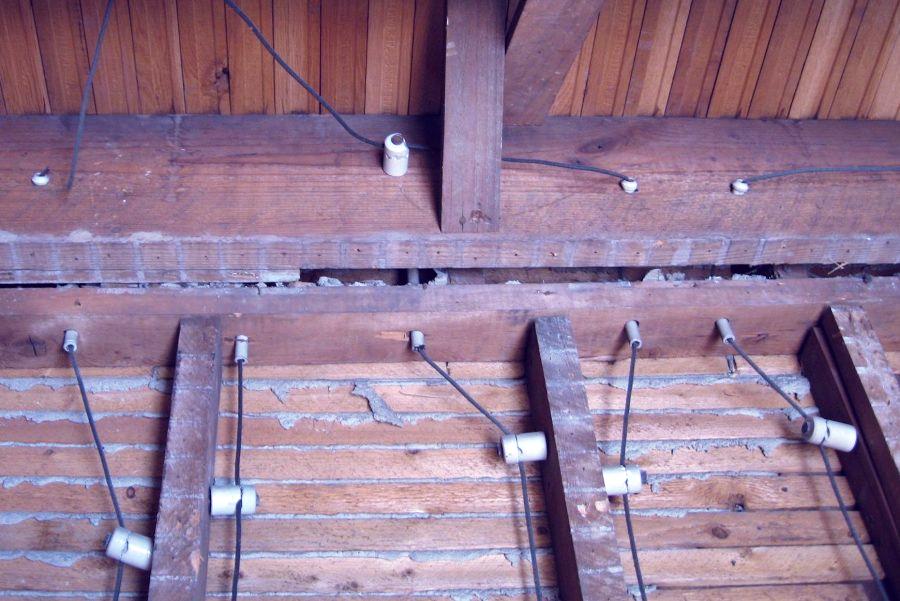
Image courtesy of Laura Scudder CC BY-SA 3.0
Knob and Tube. A Closer Look.
Though knob and tube wiring may exhibit problem signals, these aren’t necessary to know this wiring method is hazardous. Knob and tube electrical wiring is a single conductor, ungrounded system that distributes electricity through the house by means of copper wires inside walls, attic, and floors, usually covered by thin rubber insulation and cloth. Porcelain knobs are used to secure wires and prevent them from contacting combustible surfaces. Similar tubes allow these wires to run through studs and joists without making contact.
Knob and tube wiring was used from the 1880’s to the early 1940’s and is no longer safe. Walls shift, wires fray, and ultimately charged bare copper contacts wood or other combustible materials, causing a fire. The longer a knob and tube circuit is active, the more likely it is to fail. Knob and tube wiring has caused many house fires, resulting in loss of property and life.
The bottom line is that I wouldn’t have my family in a home with knob and tube wiring. Period. It might have been OK when it was installed, but any such installation is now running on borrowed time. If you have any knob and tube wiring active in your home, replace it. Today. Seriously, stop reading this article and call an electrician.
That said, some homeowners insurance carriers will still insure homes with knob and tube wiring, but not many. Rates will be understandably high, and coverage will be slim. Our only suggestion for knob and tube is to upgrade.

Keep Track of Circuit Breakers
Circuit breakers occasionally trip, which is what they are designed to do when a circuit is overloaded. In most cases, a homeowner can switch it back on without incident. However, if a circuit breaker trips frequently, this is a sign of a wiring issue, or a circuit being overloaded, or a faulty circuit breaker. Faulty breakers can be a hazard as well!
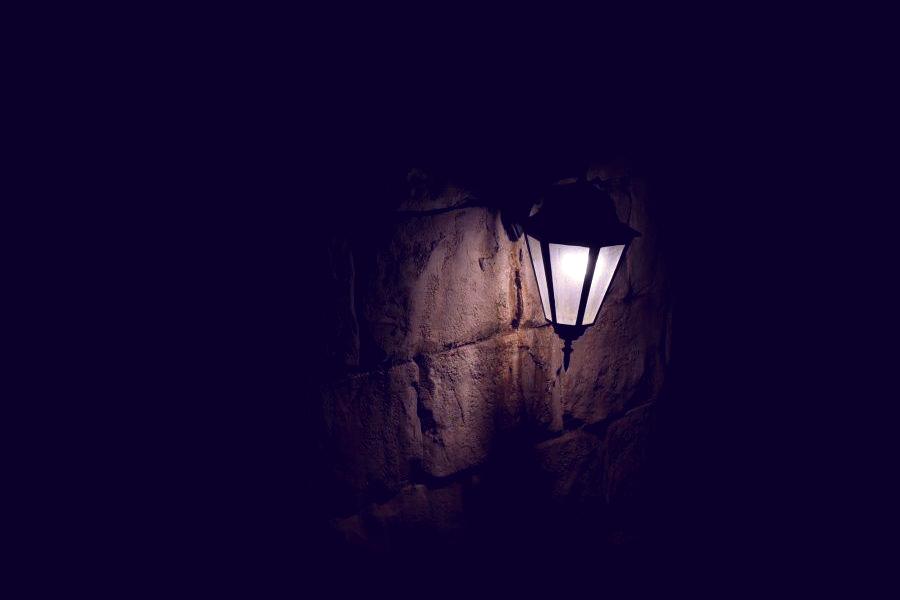
Flickering and Buzzing
Shimmering or dimming lights can indicate wiring needs an investigation. A buzzing noise can also indicate an issue, especially if accompanied by lighting irregularities. Buzzing may be caused by something as simple as a loose or failing bulb, but can also indicate bigger issues elsewhere on the line. If your lights randomly do these things when turned on, or flicker or dim when using multiple appliances, your house’s wiring may need an upgrade from a qualified electrician.
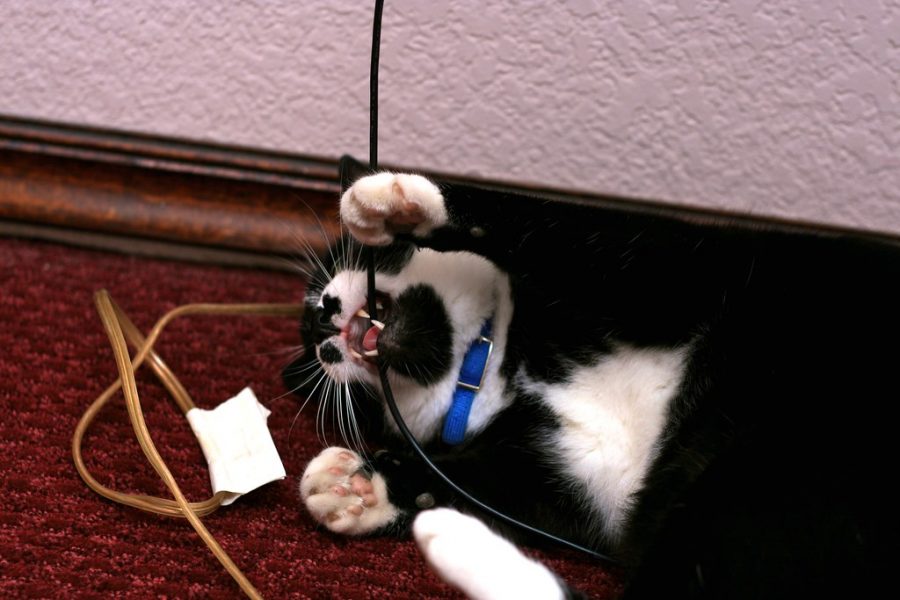
“Chewing” by protohiro is licensed under CC BY-NC-SA 2.0
Frayed or Chewed Wiring
The most obvious sign, frayed or chewed wiring points to rodents inside the house or unruly pets chewing wires. A major shock and fire hazard, it’s crucial to contact an electrical contractor to inspect and replace even a single frayed or chewed wire.
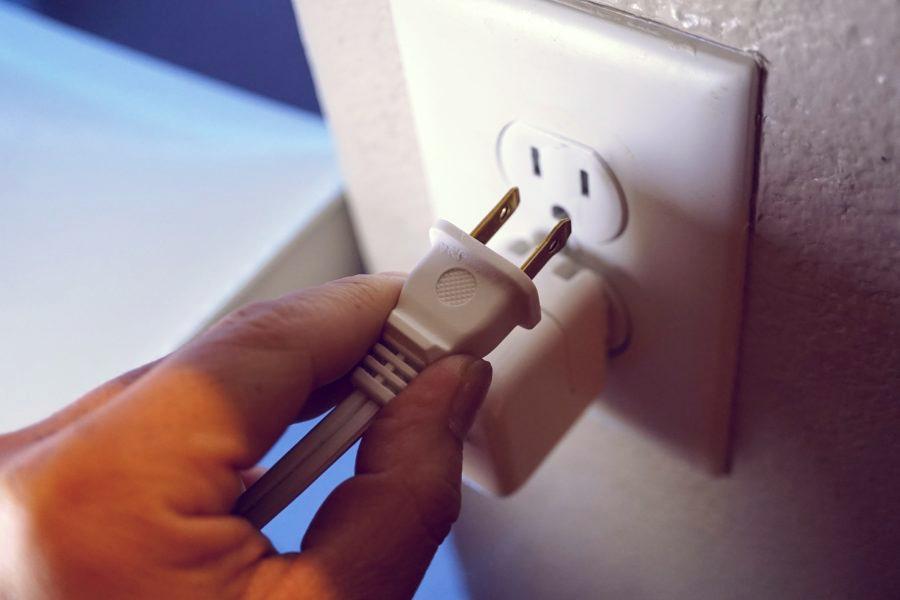
Warm or Vibrating Wall Outlets
Since wall outlets are relatively unprotected and subject to frequent connecting and disconnecting of plugs, they are a common problem area. Without touching any wiring directly, place your palm over the outlet. Is it warm to the touch or does it vibrate? If so, have it replaced. Often, simply replacing a home’s older outlets and light fixtures greatly reduces fire risk.
This same test can be performed to your circuit breaker panel. A very faint hum or vibration is common around this area and does not necessarily indicate a problem. However, excessively warm circuit breakers or a more pronounced vibration or hum are indicators that it should be inspected by an electrician. Like wall outlets, old circuit breakers can wear out. Luckily, these are usually inexpensive and easy to replace.
Loose Connections
Plugs having trouble staying in? Outlets can fail over the years and no longer hold plugs tightly. This issue may mean mechanical failure within the outlet, indicating it should be replaced.
Trust Your Nose
If a burnt scent is present around lines, outlets, or electric panel, your wiring needs instant service. Smell for any burning, smoky, or odd odors. These smells mean minor fire damage may have already taken place and threatens the rest of your home.
When in doubt, contact a professional electrician. For insurance questions, visit Home Insurance or Contact your Bankers Insurance agent. We will help determine your risks and advise how to cover them. Not a client of ours? Let us compete for your business! Each of our clients is assigned a personal insurance agent and provided their email address as well as a phone number that rings right on their desk.
Was this post helpful?
- Share it using the links below
- Review all our personal insurance posts
- Subscribe to our newsletter

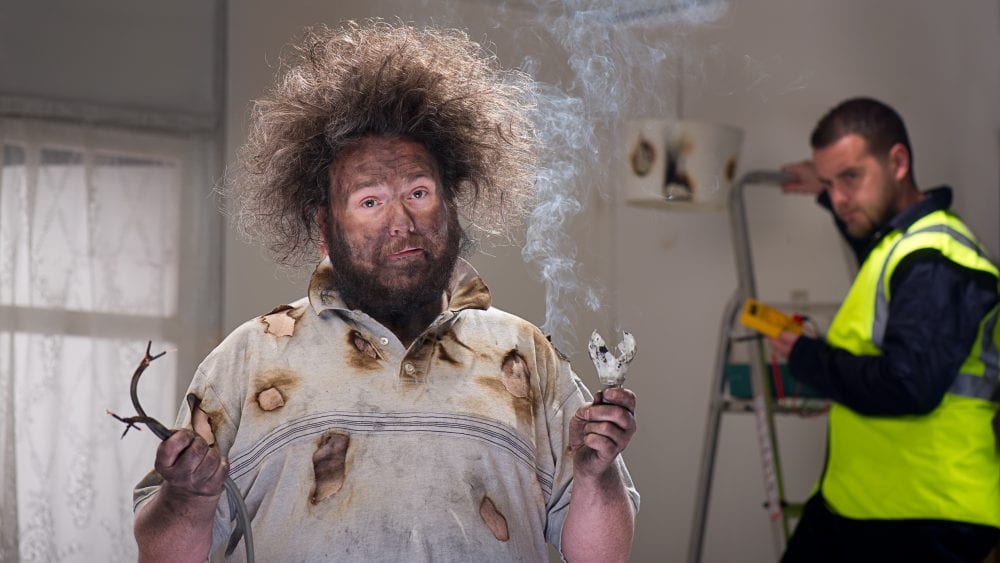


Love the article- seems like you were writing about my ol’ place 😁 getting up dates now~ although already been here 25 years LOL
Glad it was helpful!
How interesting that you mention that outlets can become loose over time. I am moving into an older home this summer. I will find a reputable residential electrical wiring service locally.
I loved your blog and thanks for publishing this!! I am really happy to come across this exceptionally well written article on electrical wiring issues. Thanks for sharing and look for more in future!! viperelectrical.co.nz has same kind of tips.
I am an appraiser and a customer. Next time this article runs, please mention if fuse boxes are safe and what to look for regarding potential hazards, wear and tear. I still see them in older homes and often wonder. Also, you would be amazed how many people keep a piece of paper INSIDE the breaker box (with the breakers labeled). Maybe add a comment that paper anywhere near the breaker box is not a smart idea! Thanks for the article!
Thank you for your thoughtful inputs! Those are great comments. I’ll incorporate them into the article at some point, but for now your comments will be displayed on the page for others to read and learn from. Thanks again!